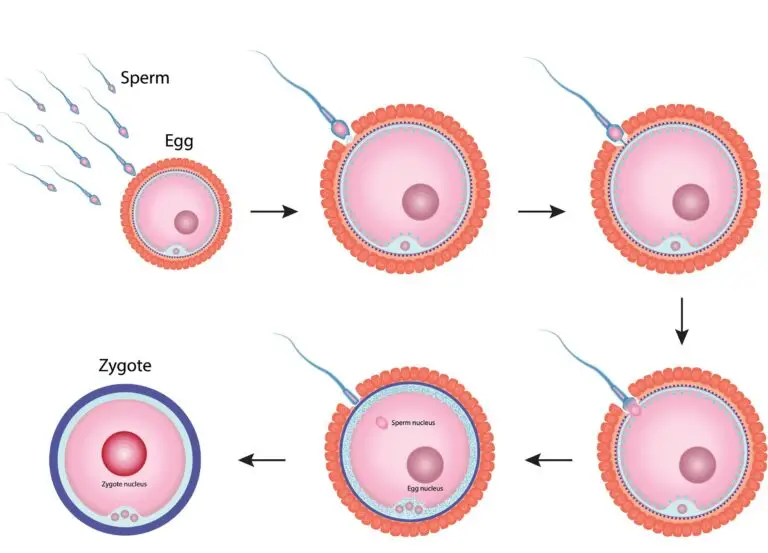Fertilization

Table of Contents
What is Fertilization?
Fertilization is a key biological process in sexual reproduction that involves the fusion of male and female gametes (reproductive cells) to form a new individual. The fusion of gametes typically results in the formation of a zygote, which is the first cell of the new organism. Fertilization marks the beginning of the development of a new individual and is a crucial step in the life cycle of sexually reproducing organisms.
Fertilization and Reproduction
Gametes
Gametes are specialized reproductive cells produced by individuals with the purpose of sexual reproduction. In animals, the male gamete is called sperm, and the female gamete is called an egg or ovum. In plants, male and female gametes are often called pollen and ovule, respectively.
Fusion of Gametes
Fertilization involves the fusion of a male gamete with a female gamete. This fusion can occur externally in environments like water or internally within the reproductive organs of organisms.
Zygote Formation
The result of fertilization is the formation of a zygote. The zygote is a single diploid cell that contains a complete set of chromosomes, with half contributed by each parent. It carries the genetic information necessary for the development of the new organism.
External vs. Internal Fertilization
In external fertilization, gametes unite outside the body of the organism. This is common in aquatic environments, where both sperm and eggs are released into the water.
In internal fertilization, the fusion of gametes occurs within the reproductive tract of the female.
Activation of the Egg
Fertilization involves the activation of the egg, leading to changes in the egg membrane that prevent the entry of additional sperm. This ensures that only one sperm successfully fertilizes the egg.
Examples of Fertilization
Human Fertilization
In humans, fertilization occurs within the female reproductive system. After sexual intercourse, sperm are deposited in the female reproductive tract. The sperm must navigate through the cervix and uterus to reach the fallopian tubes. If a sperm successfully penetrates the egg (ovum) in the fallopian tube, fertilization takes place, forming a zygote.
External Fertilization in Fish
Many fish species exhibit external fertilization. During spawning, females release eggs into the water, and males release sperm. Fertilization occurs externally as sperm swim to meet and penetrate the eggs.
Internal Fertilization in Birds
Birds undergo internal fertilization. The male bird transfers sperm to the female’s reproductive tract during copulation. Fertilization occurs within the oviduct, where the egg is present.
Insect Fertilization
Insects also undergo internal fertilization. Male insects transfer sperm to the female’s reproductive organs during copulation. Fertilization typically occurs within the female’s reproductive tract.
Plants (Angiosperms) - Double Fertilization
In angiosperms (flowering plants), fertilization involves a unique process known as double fertilization. Pollen grains containing male gametes (sperm) land on the stigma of a flower. The pollen tube grows down the style to reach the ovule.
One sperm fertilizes the egg to form a zygote, while another sperm fuses with two other nuclei to form a triploid cell, giving rise to endosperm, a nutrient-rich tissue in the seed.
Related Links
Chromatid
Embryology
Sexual Reproduction
Zygote